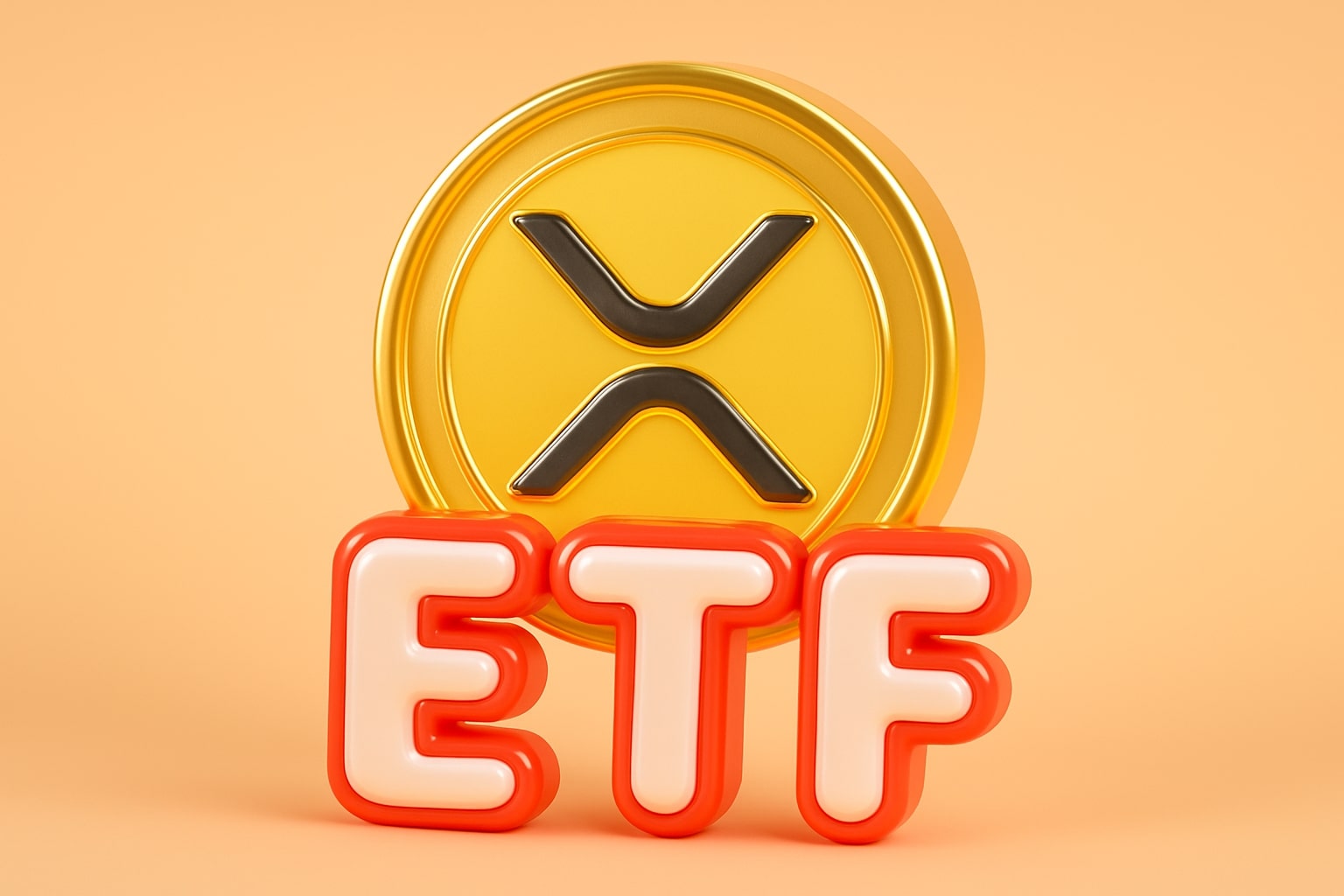Ethereum (ETH-USD) Holds $4,330 as Whales Add $4B, But Breakdown Below $4,500 Tests Bullish Nerve
Ethereum Faces High-Pressure Reversal Zone After $130M Sell-Off
Ethereum (ETH-USD) is battling for direction after dropping 4.3% in the last 24 hours to $4,334, marking its lowest level since mid-September. The correction followed a sharp wave of $109.6 million in long liquidations, triggered as ETH breached the $4,500 support zone. Trading volume surged 38% overnight, signaling panic-driven exits rather than structural selling.
Despite the sell-off, on-chain data reveals the largest accumulation event since July — whales added 870,000 ETH, valued at nearly $4 billion, within a single 24-hour span. Total whale holdings rose from 99.34M to 100.21M ETH, signaling strategic accumulation amid volatility. The move suggests large investors anticipate a technical rebound toward $4,620–$4,870, as long as ETH holds above the $4,300 base.
Derivatives Pressure and ETF Flows Show Diverging Sentiment
While whale accumulation hints at quiet confidence, derivatives data tells a different story. Ethereum futures open interest dropped 6.5%, and options implied volatility climbed 9%, reflecting traders hedging against further downside. ETF inflows have slowed, with institutional activity plateauing after months of consistent capital entries.
Ethereum’s market cap slipped to $523.56 billion, down 3.4% daily, as the broader crypto market rotated toward BNB Chain and Solana (SOL-USD) due to lower transaction costs. Analysts warn that without renewed ETF demand, ETH’s upward momentum may remain capped below $4,620. Still, the overall staking ratio—now at 30% of total supply—remains near all-time highs, keeping selling pressure limited as staked coins lock liquidity off exchanges.
Technical Chart Signals: Between Breakdown and Breakout
ETH price action has consolidated inside a descending wedge pattern, with immediate resistance around $4,500 and support at $4,308. The Relative Strength Index (RSI) is at 46, showing mild bearish bias but not yet oversold. A confirmed close above $4,620 could trigger a rally to $4,870, while failure to hold $4,300 could deepen the correction toward $4,070 or $3,900 — the next Fibonacci retracement level.
Interestingly, ETH continues to trade between two major Fibonacci bands — $4,400 and $4,620 — forming an ascending triangle since late August. This pattern, reinforced by hidden bullish divergence between price and RSI, suggests that selling pressure may be fading beneath the surface. If volatility cools and ETF inflows resume, a technical recovery remains plausible in Q4 2025.
Institutional and On-Chain Dynamics: Long-Term Positioning Strengthens
Institutional demand for Ethereum remains robust, even amid short-term volatility. Over 1.8 million ETH has been transferred into cold storage in recent weeks, showing a long-term conviction shift. Roughly $170 billion in ETH is now staked, yielding between 3.8–4.1% annually. According to Glassnode, short-term holders (coins held under 90 days) rose from 11.57% to 12.36% this month — an early indicator of speculative re-entry after consolidation.
Large funds, including BlackRock’s digital asset division, continue to accumulate ETH indirectly through structured products. Meanwhile, Standard Chartered’s revised forecast of $7,500 by year-end remains in focus, driven by the expectation that the Pectra upgrade and ETF-linked liquidity expansion will tighten ETH supply.
However, derivatives positioning shows caution: funding rates on Binance and Bybit turned negative for the first time in six weeks, signaling that short traders are dominating near-term momentum. This imbalance could spark a short squeeze if ETH closes above the $4,620 neckline.
Whale Accumulation Meets Macroeconomic Resistance
Ethereum’s technical resilience is colliding with a macro headwind — the U.S. Dollar Index (DXY) surged to 99.00, and U.S. Treasury yields remain elevated, dampening risk assets. Market reaction to the Fed’s latest minutes shows diverging expectations: while some members hinted at two more rate cuts this year, others flagged persistent inflation risks, keeping the dollar bid.
Yet, ETH’s relative strength against Bitcoin (BTC-USD) remains firm, with the ETH/BTC ratio near 0.036, indicating Ethereum is outperforming smaller altcoins despite the market-wide correction. Analysts at DeFi Report suggest that if Bitcoin rises toward $150,000, Ethereum could reach $8,600–$9,000 under a 35% BTC market cap ratio — consistent with the 200-week moving average model, which pegs ETH at 250% above its long-term trendline around $8,500.
Network Activity and Staking Growth Reinforce Fundamentals
Ethereum’s on-chain health remains robust. Daily transaction volumes hover above 1.2 million, gas fees are stable near 28 gwei, and Layer-2 rollup adoption continues accelerating — with Arbitrum and Base accounting for over 62% of total Layer-2 TVL. The upcoming Pectra upgrade, scheduled for early 2026, is expected to optimize staking accessibility and reduce latency, which could further increase locked ETH.
The network’s staking participation rate rose 1.4% in Q3, while average validator yield remains above 3.9%, higher than the post-Shanghai average of 3.3%. The staking inflows are effectively removing 50,000–60,000 ETH weekly from liquid supply — a subtle deflationary mechanism that offsets selling from traders and exchanges.
Whales Bet on $4,620 as Key Bullish Trigger
Market behavior shows that $4,620 is emerging as the psychological pivot point. A daily close above this resistance would confirm the ascending triangle breakout and could push ETH toward $4,870 and $5,130, marking a resumption of the long-term uptrend.
Conversely, a close below $4,300 risks accelerating liquidations toward $4,070 and possibly $3,820, aligning with previous correction cycles. Still, the hidden bullish divergence, increasing staking ratio, and whale inflows collectively suggest that the downside may be limited unless macro headwinds worsen.
Long-Term Scenarios: Between $8,000 and $10,000 in Supercycle Projections
According to DeFi Report’s multi-metric model, Ethereum’s next cycle peak could range between $8,500 and $11,000, depending on how far it extends above its 200-week moving average. At 250% above that average, ETH would sit near $8,500; at 350%, the target expands to $11,000.
If ETH’s realized price climbs to $3,000 (currently ~$2,450), and the price-to-realized ratio reaches 2.9 — as seen in past cycle peaks — the implied price would be around $8,700. Combining this with a potential ETH/BTC market cap ratio of 45%, Ethereum could hit $11,100 if Bitcoin reaches $150,000. These projections align with the broader belief that Ethereum remains in a supercycle phase — a 10–15 year expansion trajectory anchored by its smart contract dominance and institutional penetration.
Verdict: Hold — Short-Term Volatility, Long-Term Strength
Ethereum’s near-term technical setup is volatile, but its on-chain data, whale inflows, and staking metrics show structural strength. The correction below $4,500 appears driven by leveraged liquidations, not fundamental deterioration. As long as ETH sustains above $4,300 and accumulation persists, upside toward $4,870–$5,130 remains viable in Q4.
With $4 billion in fresh whale inflows, a 30% staking ratio, and long-term price models signaling a potential path to $8,500–$10,000, ETH-USD remains a Hold — near-term cautious, but strategically bullish for 2026’s continuation of the supercycle.
That's TradingNEWS


















